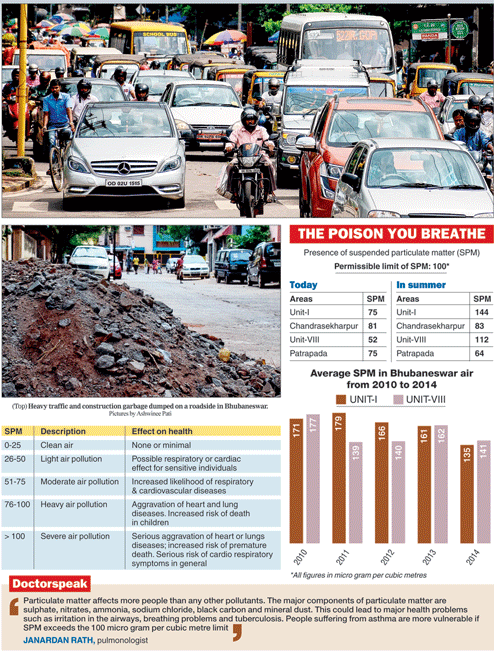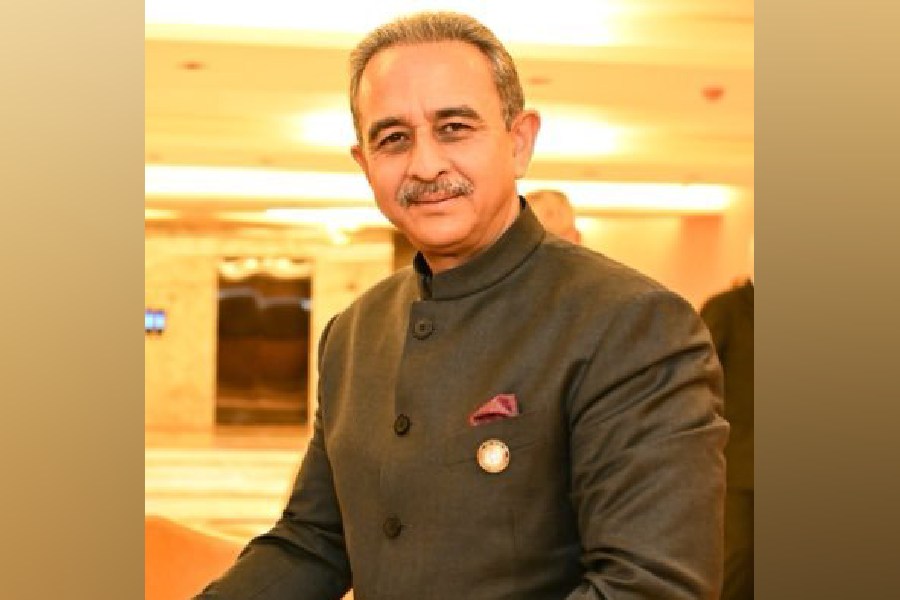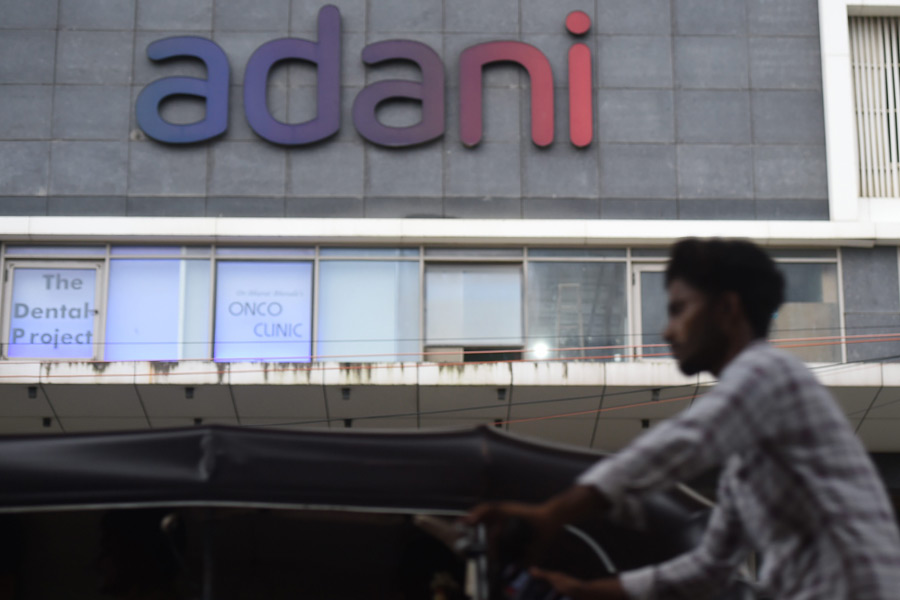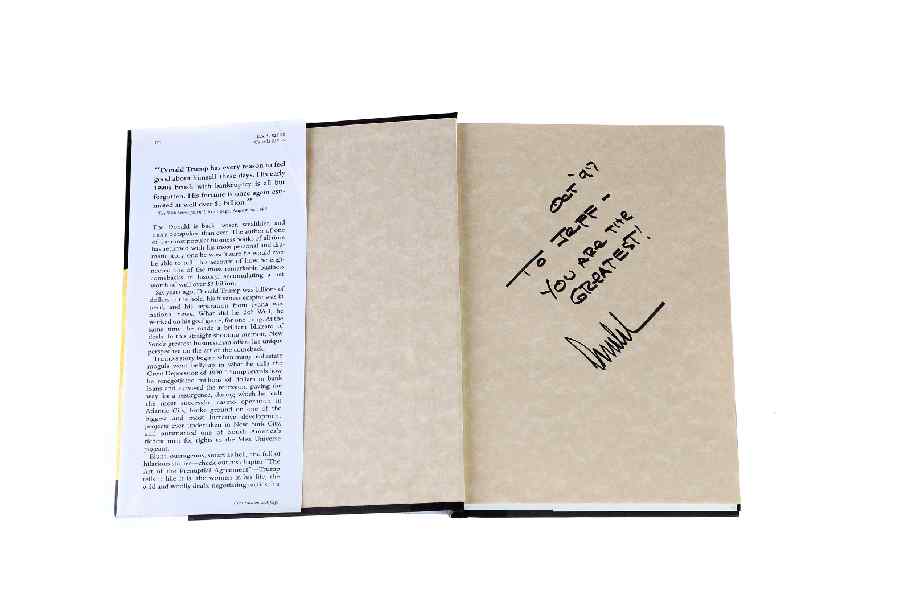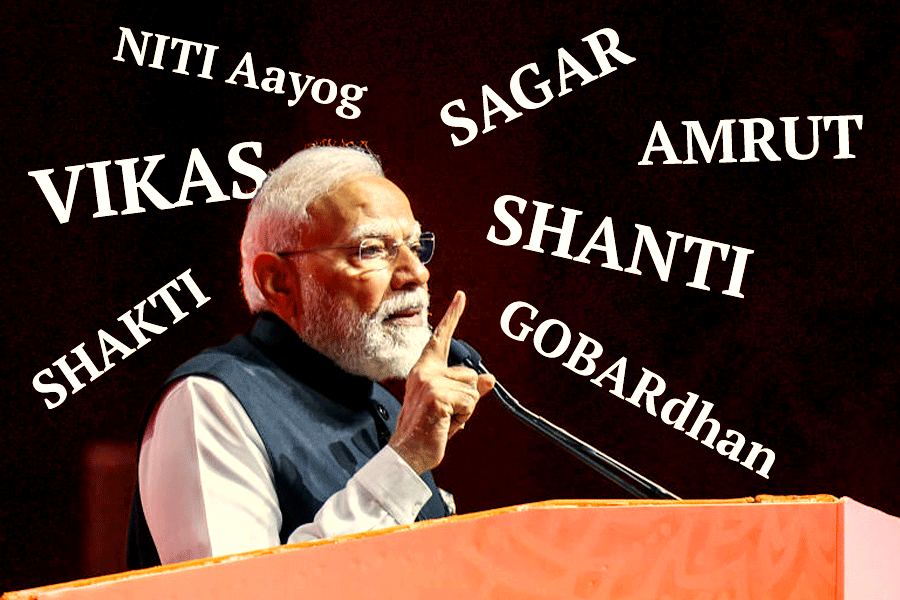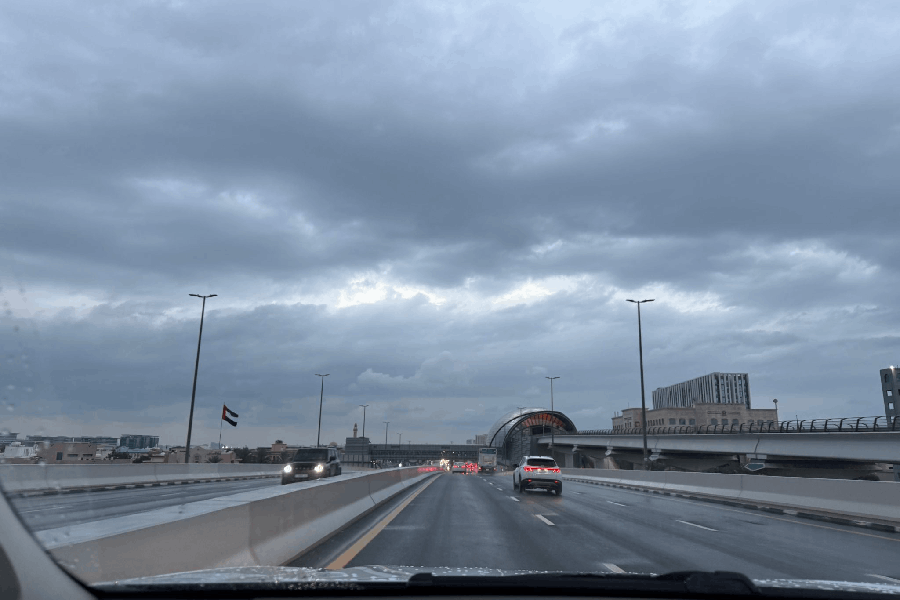Bhubaneswar, Oct. 4: With every breath, city residents are inhaling miniscule particles of dust, smoke, soot, pollen and soil, also known as suspended particulate matter.
The quality of the air in our city is rapidly deteriorating because of the pollution caused by vehicles and dust particles as a result of construction activities.
To combat the threat, the city administration has come up with rigorous guidelines.
Pollution levels
According to the pollution control board, suspended particulate matter (SPM) in the air rises to alarming levels in summer and winter. The board has drawn up a plan to combat air pollution and asked the Bhubaneswar Municipal Corporation (BMC) to ensure its implementation.
Experts believe that air quality in the city has deteriorated because of rapid construction activities and a steep increase in the number of vehicles on the city roads. According to the Regional Transport Office, the number of vehicles in the city is now around 5 lakh.
The pollution control board has installed pollution monitoring devices at Unit I, Patrapada, Unit VIII and Chandrasekharpur. It collects data on weekly basis from all these stations.
Standard norms say SPM should not exceed 100 micro gram per cubic metre (mg/m3), however, the pollution control board’s analysis during summer this year revealed that in Unit I, SPM remained at a high of 144 mg/m3 while the same in Unit VIII stood at 112.
Senior environmental scientist of the pollution board D.K. Behera said suspended particles in the air during summer was usually low, but the situation here was alarming. He said rapid construction across the city and rising vehicular population had triggered the problem.
Today’s analysis, however, saw the SPM level under control mainly because of rain in the city. According to today’s recording, the SPM level at Unit I remained at 75, at Unit VIII it was 52, at Chandrasekharpur it was 81 while at Patrapada, the SPM recorded was 75.
Health impact
Pulmonologist Janardan Rath said particulate matter affects more people than any other pollutants. “The major components of particulate matter contain sulphates, nitrates, ammonia, sodium chloride, black carbon and mineral dust. This could lead to major health problems such as irritation in the airways, breathing problems and tuberculosis. People suffering from asthma are more vulnerable if the particulate matter exceeds the 100 micro gram per cubic metre-limit,” said Rath.
Capital Hospital superintendent Binod Mishra said the premier healthcare institute received about 20 to 30 patients with respiratory problems every day. “The poor quality of air can cause tuberculosis, bronchitis and dry cough. It may cause lung cancer if the air quality deteriorates to that extent although the prevalence of the disease is not very high in the city,”
Mishra said.
Guidebook
The guideline has been divided into four divisions — vehicle emission control, re-suspension of road dust and other “fugitive emission” control, control of emission from municipal solid waste burning and control of air pollution from construction and demolition activities.
Fugitive emission is emission of gases from industrial areas, which contributes to bad air quality. According to International Journal of Advance Research In Science And Engineering, industrial areas such as Mancheswar, Rasulgarh and Chandaka records high SPM during pre-and post-monsoon period. According to an analysis done in 2014, the SPM at Mancheswar during pre-monsoon season was 265.4 mg/m3 that increased to 280.6 mg/m3 post monsoon. In Chandaka, it was 264.3 mg/m3 and 278.4 mg/m3 respectively. Pollution control board officials cite fugitive emission to be the reason of such high SPM in industrial areas of city.
Behera told The Telegraph that the air quality in the city was deteriorating mainly because of construction and demolition activities and vehicular pollution. “The recent guidelines are stringent in nature and need to be implemented rigorously,” said Behera.
He said the pollution control board would work in close coordination with the civic body for the effective implementation of the new guidelines. “We have prepared different action points under each division of the guideline and time limits for effective implementation in the city,” said Behera.
According to the action points, the civic body has been asked to prevent undesignated parking, prepare plans for widening of road and improvement of infrastructure for decongestion of roads, plan for construction of bypasses to avoid traffic congestion and sync traffic movements by introducing intelligent traffic system for lane driving.
Mayor Ananta Narayan Jena said the civic body was already conducting drives to prevent undesignated parking in the city. “We are going to introduce modern traffic signalling system at 64 major junctions. We are also re-designing Janpath to encourage lane-driving,” said Jena.
The action points under the re-suspension of road dust suggest that the civic body prepare a plan for creation of green buffers along traffic corridors, maintain pothole-free roads for free flow of traffic, introduce water fountains at traffic intersections, and conduct plantation drives in open areas, gardens, community places, schools and housing society.
“We cannot control the growth of the city, but we can take measures to control pollution be it air, water or other kinds of pollution. This is not only the work of the administration, but the people should also contribute by planting trees and greening spaces, so that pollution is controlled,” said environmentalist Sailabala Padhi.
Moreover, in order to control air pollution from construction and demolition activities, the board has suggested enforcing the new construction and demolition rules, control measures for fugitive emission from material handling, conveying and screening operations through water sprinkling, curtains, barriers and dust suppression units and ensure carriage of construction material in closed vessels.
Sources in the public works department said they had received the notification on the new construction and demolition waste management rules and would come up with the by-laws shortly.
“After a detailed deliberation with all the stakeholders and our top officials, we will frame the by-laws and introduce them,” said an official.

